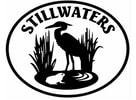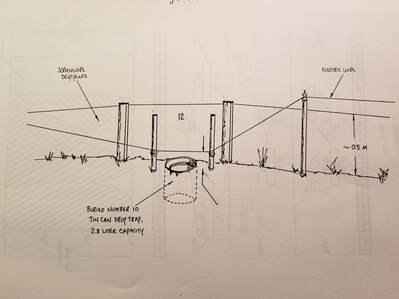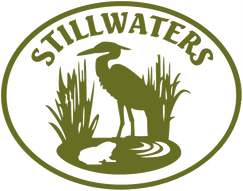In Search of a Study Pond
Thomas Doty, Ph.D., Emeritus Professor of Biology, Roger Williams University.
North Kitsap Heritage Park (NKHP) in Kingston, WA contains over 80 acres of wetlands including fish bearing streams and ponds, intermittent streams and vernal ponds. Park stewards are engaged in an environmental inventory to gauge the biological effects of future development. We have noted the recent appearance of green frogs (Rana clamitans) in Beaver Creek drainage at the park and are aware of bullfrogs (Rana catesbienna) appearing elsewhere in North Kitsap County. I have been asked repeatedly, ‘what is the effect of these invasive frogs on our endemic amphibians?’. This question cannot be answered at this point because we do not know the pre-invasive population status of our depauperate, native amphibian populations. The appropriate population studies have not been done.
|
NKHP stewards are proposing that we attempt to find a ‘study pond’ to investigate the present status of our resident amphibians. We may ultimately be able to comment fruitfully on the appropriateness of resisting invasion by large Ranid frogs. Email Thomas Doty at
[email protected]. |
Amphibian pond - generalized requirements. These may seem prohibitively stringent but are necessary qualities to accomplish our objective.
Thomas Doty, Ph.D., Emeritus Professor of Biology, Roger Williams University.
- Because Washington State and Kitsap County do not protect wetlands under 0.25 acre (about 10,000 square feet), we are looking for a pond of about that size. Such a pond would require an 18” tall aluminum flashing drift fence (supported by wood stakes) about 1000 feet long circling the pond, with periodic tin can drop traps located along both sides. (see figure)
- Must be either temporary (seasonal, ‘vernal’) or permanent but without fish. While some salamander larvae can avoid fish predation, most frog tadpoles cannot. The absence of fish also reduces statistical variables.
- Limited access or private pond preferred. This is an important consideration as people like to ‘rescue’ trapped amphibians. If private, owners must be comfortable with once-daily visits by one or two people throughout the breeding and dispersal seasons.
- At least half of the pond must be bordered by forest, to assure salamander access and dispersal. If entirely within forest, there must be an open canopy to assure adequate productivity.
- Drift fence and drop traps must be topped with a solar-charged, battery powered livestock shocker wire to discourage opportunistic predation by raccoons, etc. on trapped animals. It delivers a mild shock on contact.
- Fence line can be disabled during non-migratory periods, depending on circumstances, but should be monitored over a period of several years in order to separate out long term variability.
- The experimental design allows for the exclusion of invasive frogs where necessary.
- Many small mammals (moles, voles, shrews, mice, etc.) will be trapped and most can be released unharmed. Good mammal presence data for those interested…
- This census method, drift fence and drop traps, is a potential amphibian killing machine if not closely monitored. Early morning visits are a daily requirement by a dedicated corps of volunteers. Anything less than total commitment is unacceptable.
Thomas Doty, Ph.D., Emeritus Professor of Biology, Roger Williams University.


